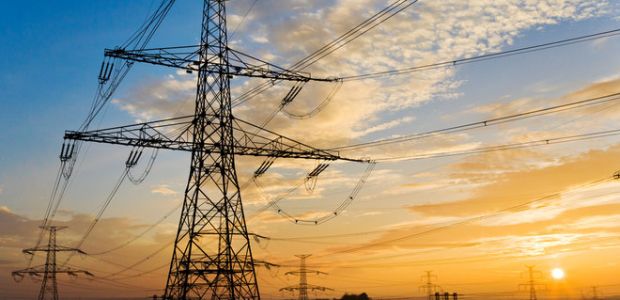The energy crisis’ greatest challenges lie ahead with energy exchange futures indicating a fiery period that will last at least three months, until March, followed by a very slow de-escalation in prices.
The problem is not just the exorbitant price levels experienced over the past few months, but the even higher prices anticipated over the next few months. January gas futures are approximately 50 percent over November levels.
A series of support measures announced for consumers in Greece by Prime Minister Kyriakos Mitsotakis over the weekend would normally ease some of the strain, but, given the upward trajectory in prices, this support will soon be cancelled out.
In the absence of a uniform EU strategy to tackle the crisis, member states are being called upon to find solutions for themselves. European leaders failed to reach consensus at a summit meeting late last week.
EU gas reserves are at 62 percent capacity at the start of winter. The European Commission’s ongoing dispute with Russia over certification of the Nord Steam 2 gas pipeline, running direct to German via the North Sea, as well as the threat of a Russian invasion of Ukraine, are key geopolitical factors behind Europe’s energy crisis. Russia covers 60 percent of Europe’s natural gas needs.





